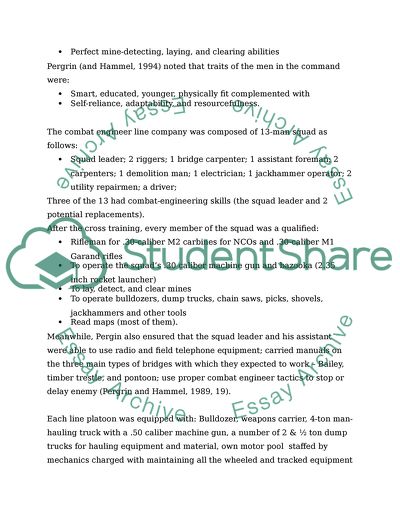Cite this document
(“First Across The Rhine Essay Example | Topics and Well Written Essays - 3000 words”, n.d.)
Retrieved from https://studentshare.org/environmental-studies/1413052-first-across-the-rhine
Retrieved from https://studentshare.org/environmental-studies/1413052-first-across-the-rhine
(First Across The Rhine Essay Example | Topics and Well Written Essays - 3000 Words)
https://studentshare.org/environmental-studies/1413052-first-across-the-rhine.
https://studentshare.org/environmental-studies/1413052-first-across-the-rhine.
“First Across The Rhine Essay Example | Topics and Well Written Essays - 3000 Words”, n.d. https://studentshare.org/environmental-studies/1413052-first-across-the-rhine.


